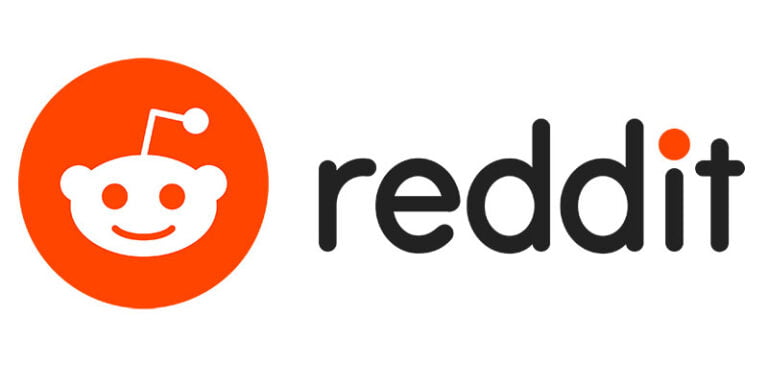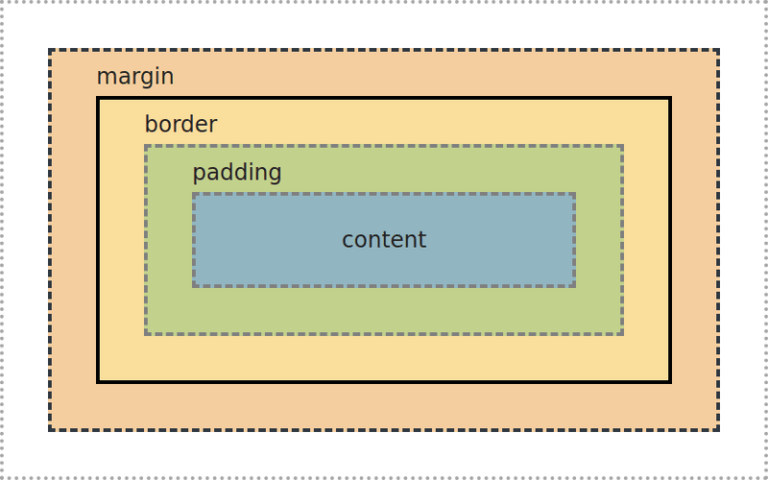
There’s no shortage of remote web development jobs, especially at a time when so many companies have made the shift to remote working. But without a strong resumé, your chances of landing a developer job interview are reduced, or worse, non-existent.
In this article, we cover ten simple tweaks you can make to your resumé in order to improve your chances of being invited to an interview.
1. Resumé Links
Table of Contents
Add links in your resumé to your profile on platforms such as GitHub, Stack Overflow, or HackerRank, that prove your coding abilities and experience. Let your public code tell the recruiter/potential employer all about you.
2. Tailoring Your Resumé
Tailor your resumé to each specific job you’re applying for. You don’t have to completely redo the resumé each time, but investing a few minutes each time to add specific terminology used in the job description can boost your chances of getting called for an interview. For instance, Google, Facebook and Netflix have their own criteria, with a focus in the terminology on code optimization, security, or high-availability.
3. Detail Your Skills
Provide detailed descriptions of the key tech skills required by the company. For example:
- MySQL (stored procedures, caching, logging, replication)
- CSS (sprites, styled-components, scroll snapping, text animations)
The point here is to highlight both the depth and breadth of your knowledge, and hence your ability to fulfill their needs.
4. Detail Your Impact
Don’t just describe your responsibilities. Instead, list the concrete ways in which you had an impact on every project. Employers look for people who can deliver results, and they want to see examples of how you’ve done this in the past.
Focus on the impact itself. The “what” is so much more impactful than the “how” (although both are important). Back up your statements with numbers and metrics wherever possible.
For example:
Increased test coverage to 60% with RSpec.
Improved monitoring, failure recovery, and observability of all systems by migrating code to a Kubernetes cluster.
Your ability to deliver results is what can persuade your potential employer to invite you for an interview.
5. Avoid Typos!
Check your resumé for the incorrect technology spellings. For example:
- HTML, not Html
- JavaScript, not Javascript
- MongoDB, not Mongo DB
- GitHub, not Github
Even small typos make your resumé look unprofessional.
6. Keep It Simple
Ensure that your resumé looks clean and unique. Avoid heavy graphics, QR codes, multiple columns and icons, so that any applicant-tracking system can accurately scan your resumé. A 100% free tool for drafting excellent resumés is FlowCV.io.
7. Use Web-oriented Language
Enrich your descriptions with web-oriented language, such as “fully responsive”, “large-scale”, “cross-browser”, “high-load”, “scalable”, “highly-available”, “serverless”, “robust”, “distributed”, “maintainable”, “multi-threaded”, “modular”, “secure”, etc.
For example:
Led the development of a large-scale web application for video sharing and collaboration.
8. Use Clean, Modern Fonts
Forget about old-fashioned fonts. Instead, use modern fonts like Palanquin, Merriweather, Lato, or Poppins. This will give a fresh look and feel to your resumé.
9. Write Like You Speak
Make sure your resumé sounds like a person wrote it, not a machine. Write as you would speak. Make your descriptions engaging to read by adding interesting, work-related facts about yourself. Avoid buzzwords like “dedicated”, “detail-oriented”, “self-starter”, etc.
10. Don’t Self-rate
Don’t self-rate your tech skill levels, especially using percentages or stars (★★★★★). Instead, use the experience section of your resumé to describe what you achieved with the skill. Your potential employer will most likely objectively evaluate your skills during a technical interview or a coding test.
Conclusion
That’s it! Follow these tips and you’ll likely see an increase in the number of interview invitations after applying for jobs!






